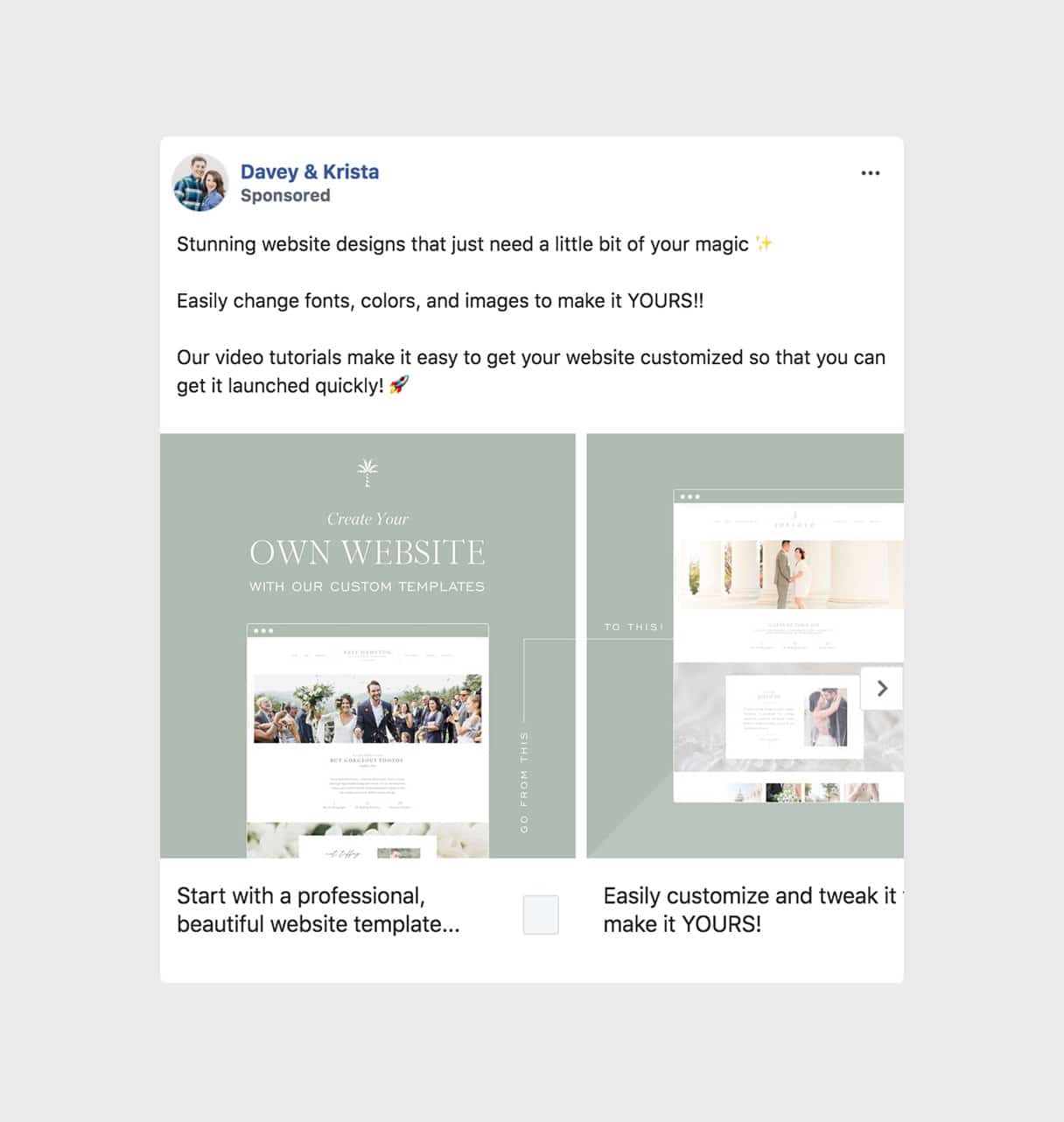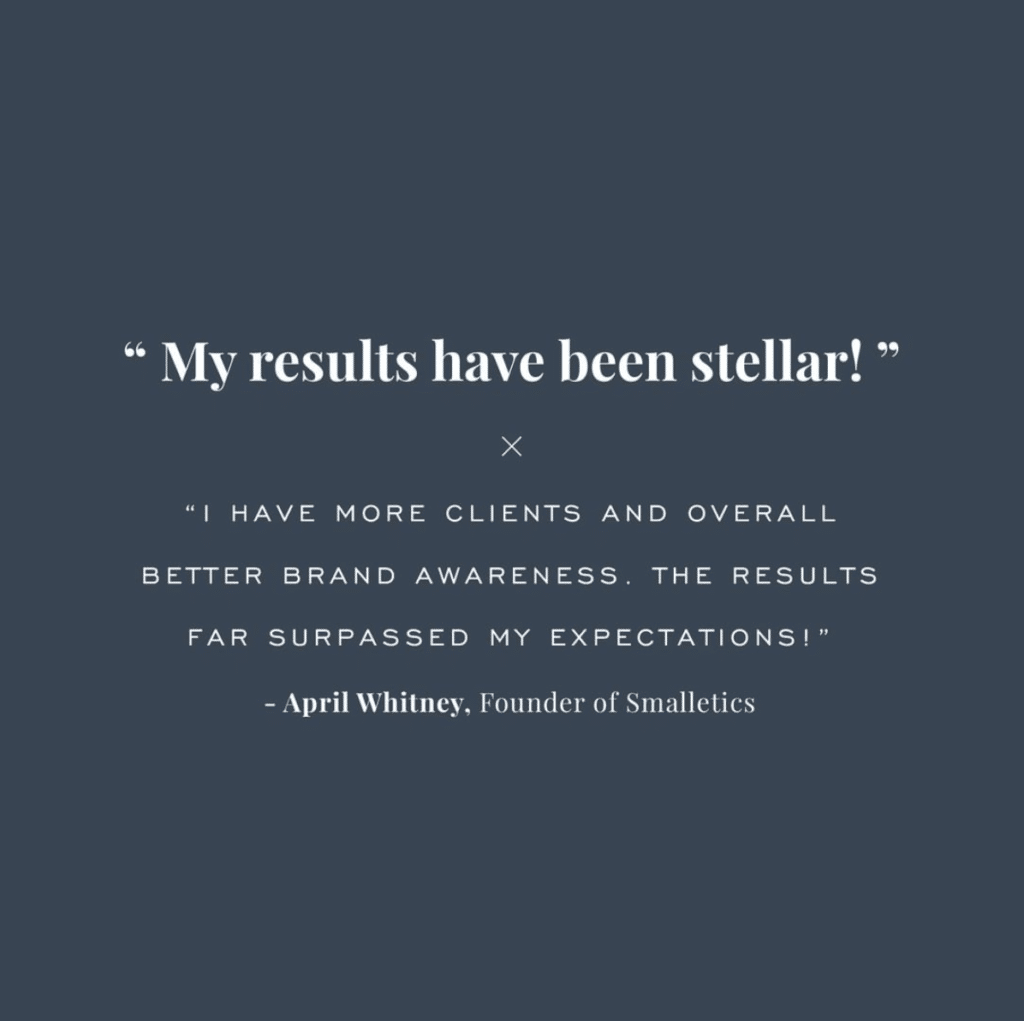We’re not surprised when we hear from people that they get overwhelmed within Facebook Ads Manager. There are seemingly countless configuration options when it comes to running an ad campaign. That plus the frequent updates to Ads Manager is a recipe for overwhelm.
Fortunately, it can be easy to get started with Facebook Ads if you’re willing to take it one step at a time. We find that many people simply make the process more complicated than it needs to be, especially when they’re trying to run their first ad.
Regardless of the ad campaign one’s running, we’ve found that there are four pieces of any effective ads campaign. They are the…
- Targeting
- Offer
- Creative
- Follow-up
If any one of these pieces is weak, the ad campaign is likely to struggle.
We’re not going to dig into specific settings within Facebook Ads Manager because there are too many to write about. If you’re just getting started, we recommend sticking to the Conversions and Traffic objectives.
Targeting: Which Audience Should I Target?
You’ll want to think through targeting before you craft your offer. Different audiences will be at different places in the customer journey, so the offer you create should be appropriate for the group you’re targeting.
For instance, someone who has never heard of your brand before is unlikely to click on an ad for a product and purchase right away. On the other hand, an ad that runs directly to a product might be perfect for someone who has visited that product page before or who has been following your brand for a while.
We often refer to audiences as either warm or cold. Cold audiences are audiences that are generally unaware of a brand. Warm Audiences are audiences that generally more aware of a brand, and have interacted with that brand on some level. This interaction might, for example, be visiting a webpage, following on social media, or joining an email list.
A cold audience is more likely to click on ads that require less of a commitment. This might include an ad that leads them to free content such as a blog post or podcast episode. If done well, it could also work for lead generation campaigns where you collect an email address and in return provide access to a downloadable, guide, or some other piece of “premium” content.
Cold audiences generally include Lookalike audiences and Interest-Based Targeting. The former are (typically) audiences that Facebook creates based on people who have visited your website, joined your email list, or purchased from you. The latter is targeting based on specific interests that people might have.
If you’re interested in learning more about creating Lookalike audiences, check out this post on using the Facebook Pixel.
A warm audience, on the other hand, is more likely to respond to ads promoting products or services because they are more familiar with your brand. These audiences would typically include targeting a customer or email list, website traffic, or social media followers.
The Offer
The offer is the most critical piece of the puzzle because it’s ultimately going to be the reason someone decides to convert.
This might seem obvious, but we frequently see the same mistakes made over and over again when it comes to crafting an offer. One of the most common mistakes we see is the assumption the product or service will “speak for itself.” That’s just not the case. How the product or service is presented is critical to conversion, so it’s important to highlight the benefits of your product or service.
Another mistake we often see is a “generalized” offer that tries to sell too many products or services at once. Get clear with your offer by speaking to a specific audience and promoting a specific product or service.
There also should be some sense of urgency. This commonly comes in the form of a discount that’s only valid for a certain time period, but it doesn’t have to be a discount. Instead it could be some sort of bonus that’s currently available with any purchase or booking.
Make sure there is a strong call-to-action associated with your offer. Now’s not the time to suggest someone check it out ‘when they have time.’ Tell people to check it out now!
We covered targeting first because it’s important that your offer is crafted for the audience you’re targeting. As we already mentioned, it’s unlikely that someone who has never heard of your brand will click an ad and purchase something right away.

Creating Ad Creative that Converts
Usually we’d refer to the image-portion of the ad as the ad creative and the text-portion of the ad as the ad copy. For the purposes of this blog post, we’ll refer to both as the “creative.”
If you’ve spent time on the targeting and offer, the ad creative should be relatively easy to develop.
You’ll want to make sure that you’re speaking specifically to the audience that you’re targeting. It sometimes helps to write as if you’re talking with a specific person. If you have a client avatar, now’s the time to get it out!
It’s important to make bold claims. This, of course, doesn’t mean you should make false claims. But if you believe that your product or service can solve a problem for someone, be sure to enthusiastically tell them!
It doesn’t matter whether your ad copy is short or long—good ad copy can be either. If you’re not a good writer, err on the side of being ‘short and punchy.’ The image should be attention getting. This can be done in a number of ways, but we’ve found that motion is generally more effective than still images. This would include GIFs and videos.
Remember you don’t have to convince someone to purchase or complete the intended action in the ad. You just have to pique their interest enough to get them to click. Focus on getting people to the next step!

The Follow-Up: Nurturing Your Leads and Optimizing Customer Value
The follow up is one of the most important parts of an ad campaign, especially if you’re running a lead generation campaign.
We always recommend running some sort of lead generation campaign because most people will not purchase immediately—they’ll purchase sometime down the road.
It’s important to nurture those leads in the time in between.
One of the most effective ways to nurture a lead continues to be a well-crafted email sequence that indoctrinates them (shares who you are, why you’re an authority, and the benefit of learning from you), and extends their learning with free content.
If you’re running a purchase campaign, we still recommend following up with customers by sharing content that might help them better make use of your product. These kinds of email can greatly improve the customer or client experience.
Additionally, you can offer current customers or clients the opportunity to purchase related products, which can increase your customer lifetime value.
Remember that it’s usually less expensive to sell to existing customers than it is to acquire new customers. If you do not have a robust email marketing plan put together, consider creating one.
What if my Facebook Ads Campaign Isn’t Working?
Occasionally a Facebook Ads campaign won’t perform as well as you’ve hoped. We often do a considerable amount of tweaking after a campaign has started, especially in the early stages.
The first thing we do is use the metrics inside of Ads Manager to determine what’s “not working” about the ad. Sometimes the issue is more obvious than other times. For instance, if the ad has a lot of clicks, but no conversions, it’s likely the landing page needs to be optimized.
We try not to make too many changes at once because we want to understand what’s working and what’s not. After reviewing the four components above, we’ll tweak one aspect of the ad and track the results. If it improves, great! If not, we make another adjustment… and so on until we’ve achieved the desired result.
While we all want results as quick as possible, we’ve found that patience is needed, especially in the first month of running ads or a new campaign.
Have a thought or question? Let us know in the comments.







